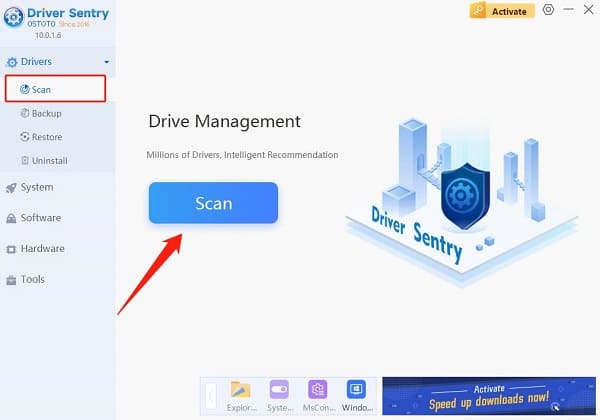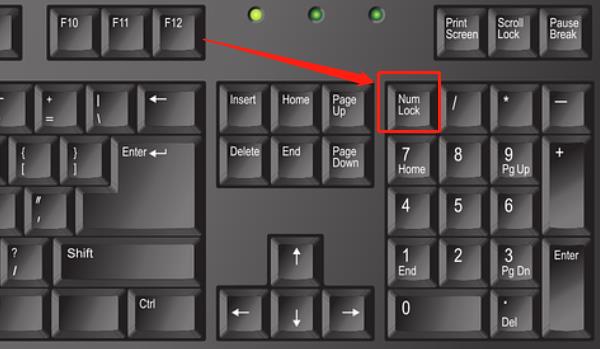
Many users may experience sudden keyboard failure, disrupting work or study. This article offers effective methods to quickly restore keyboard functionality.
Method 1: Check Physical Connections
Ensure that the USB or PS/2 cable of the keyboard is securely plugged into the computer's port. A loose connection might prevent the keyboard from being recognized.
Try plugging the keyboard into another available USB port to rule out a faulty port.
If you are using a wireless keyboard, ensure the receiver is properly connected to the computer and check if the keyboard batteries are charged. Replace the batteries if necessary.
Method 2: Update Keyboard Drivers
Outdated or damaged drivers can cause the keyboard to malfunction. Updating the drivers can solve such issues. It is recommended to use Driver Sentry for automatic detection and updating, saving time and avoiding installation errors.
Download and install the latest version of Driver Sentry, then open the software and click "Scan".

After the scan, it will display which drivers need updating. Find the keyboard driver in the list and click "Update".
Once the update is complete, restart the computer to ensure the new driver functions properly.
Method 3: Check if the Keyboard is Locked
Check if the "Fn Lock" is enabled. Press "Fn + Lock Key", usually combined with the "Esc" or function keys.
Check if the "Num Lock" key was accidentally pressed. When enabled, it may remap certain keys, particularly the number pad.

If the keyboard lock issue persists, disable these function keys and test the keyboard again.
Method 4: Check Keyboard Settings
Press "Win + I" to open the Settings menu.
Select "Time & Language", then click "Language".
Ensure that the current system language and keyboard input method match the version you are using. If incorrect, select the appropriate input method and apply the changes.

In "Advanced Keyboard Settings", verify that the keyboard layout and input method are properly aligned. Correct mismatches and retest the keyboard.
Method 5: Run Windows Troubleshooter
Press "Win + I" to open Settings and select "Update & Security".
Click "Troubleshoot" from the left menu, then select "Additional Troubleshooters".
Find "Keyboard" in the list and click "Run the troubleshooter".

The system will automatically detect and fix any keyboard-related errors. After following the on-screen instructions, restart your computer and check if the keyboard works.
Method 6: Check for Hardware Issues
Connect the keyboard to another computer to see if it functions correctly. If it works on the other computer, the issue may lie with your PC.
Try using a different keyboard on your computer to determine if the original keyboard is faulty.
If the keyboard is confirmed to have a hardware issue, contact customer support for repairs or consider replacing it.
By following these methods, you should be able to easily troubleshoot and fix your non-working keyboard. If the problem persists after these steps, consider seeking professional technical support or replacing the keyboard.
See also:
How to Download and Install Sound Card Drivers
Common Causes and Solutions for Windows Blue Screen of Death